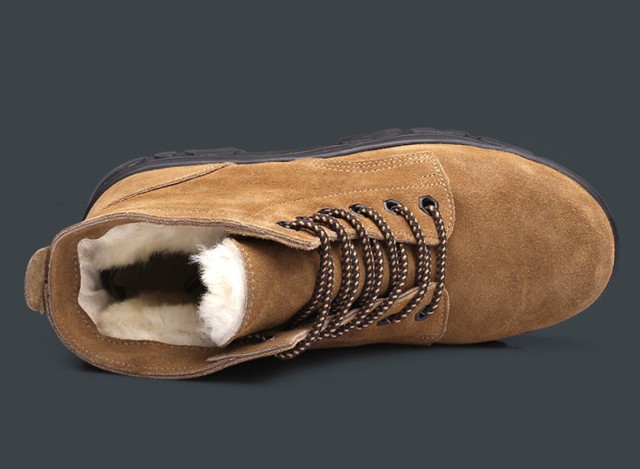Workplace safety depends on reliable protective gear—but how do you know when safety boots actually need replacing? While manufacturers often suggest time-based replacement intervals, real-world wear patterns tell a more nuanced story. This guide reveals the visible and hidden signs of compromised protection, industry-specific risk factors, and cost-effective replacement strategies.
How Wear Patterns Vary by Industry and Environment
Construction vs. Manufacturing: A Tale of Two Boot Lifespans
Research shows safety boots in heavy construction typically degrade twice as fast as those in controlled factory environments. The difference comes down to three factors:
- Surface abrasion: Concrete rubble and rebar shear soles faster than epoxy-coated floors
- Chemical exposure: Oil, solvents, and acidic compounds break down materials
- Impact frequency: Dropped tools versus occasional minor impacts
Environmental Accelerators
- Wet conditions soften leather and promote seam separation
- Extreme temperatures make soles brittle or overly pliable
- Fine particulates (like metal dust) abrade waterproof membranes
Pro Tip: Workers reporting new foot fatigue often signal midsole breakdown before visible damage appears.
Visible and Hidden Signs of Compromised Protection
The Obvious Red Flags
- Exposed safety components: Steel toes peeking through torn linings or cracked caps
- Sole separation: Gaps exceeding 1/8 inch at the welt (a tripping hazard)
- Deep tread wear: Loss of slip resistance when grooves are less than half original depth
Subtle but Critical Indicators
- Changed fit: Stretched uppers reduce ankle support
- Persistent odors: Indicates moisture-wicking failure
- New discomfort: Flattened arch supports redistribute pressure points
Case Example: A food plant worker ignored slight sole softening until a grease spill resulted in a fall—the degraded rubber had lost oil resistance.
Balancing Compliance and Cost-Effectiveness
When to Stretch vs. Replace
Minor scuffs or discoloration don’t necessarily compromise safety, but these factors demand replacement regardless of appearance:
- Electrical hazard boots with any sole punctures
- Metatarsal guards after significant impacts
- Insulated boots showing internal moisture accumulation
Budget-Smart Strategies
- Rotate two pairs to extend overall lifespan
- Prioritize replacement for boots used in high-risk tasks
- Bulk replacement programs (like those offered by 3515) cut per-unit costs by up to 40%
Protect Your Team with Confidence
3515’s industrial footwear solutions combine rigorous testing with real-world durability. Whether you’re equipping warehouse teams or oil rig crews, our safety boots deliver protection that stands up to your specific workplace demands—helping you replace smarter, not just sooner. [Contact our specialists] for bulk procurement options tailored to your hazard profile.
Related Products
- Wholesale Customizable Suede Safety Boots - Puncture-Proof with Velcro Closure
- Durable Mid-Cut Tactical Boots for Wholesale & Private Label
- Customizable Anti-Smash Safety Boots for Wholesale & Private Label Manufacturing
- Athletic Safety Shoes with Dial Closure & Steel Toe for Wholesale & Custom Manufacturing
- Durable Leather Moc Toe Work Boots for Wholesale & Custom Manufacturing
Related Articles
- Work Boots vs. Western Boots: How to Choose the Right Footwear for Labor Safety
- How to Choose Work Boot Materials for Maximum Safety and Durability
- How to Choose Work Boots That Match Your Job Demands and Safety Needs
- How to Choose Work Boots That Balance Safety, Comfort, and Durability for Your Job
- How to Extend Work Boot Lifespan: Science-Backed Care for Safety & Savings



















